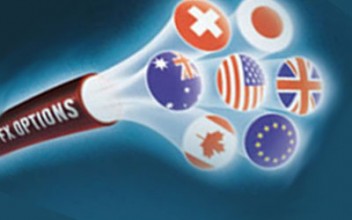There are several factors that influence the value of options. These are:
Intrinsic value
 This is a measure of how much the option would actually be worth were it to be exercised at the current moment. There are three ways in which the current price can be described in relation to the strike price – which is the price that would be paid if the underlying asset in the option were to be bought or sold on the open market – namely:
This is a measure of how much the option would actually be worth were it to be exercised at the current moment. There are three ways in which the current price can be described in relation to the strike price – which is the price that would be paid if the underlying asset in the option were to be bought or sold on the open market – namely:
“In the money” – Meaning that the strike price is above the current market price
“Out of the money” – Meaning that the strike price is lower than the current market price.
“At the money” – Meaning that the strike price and the current market price are the same.
Time value
This is a value that is representative of the uncertainty of the price over time. In general, the longer the time, the higher the premium, because the time value is higher.
Interest rate differential
Any change in interest rates can affect the relationship between the strike price of an option and the current market rate. This difference is usually priced into the premium of an option, as a function of the time value.
Volatility
The level of market volatility can also have an effect on the pricing of options, with higher volatility increasing the likelihood that the market price will hit the strike price within a certain period of time. As a result, the higher the volatility, the higher the premium for an option is likely to be.
Tradersdna is a leading digital and social media platform for traders and investors. Tradersdna offers premiere resources for trading and investing education, digital resources for personal finance, market analysis and free trading guides. More about TradersDNA Features: What Does It Take to Become an Aggressive Trader? | Everything You Need to Know About White Label Trading Software | Advantages of Automated Forex Trading

































